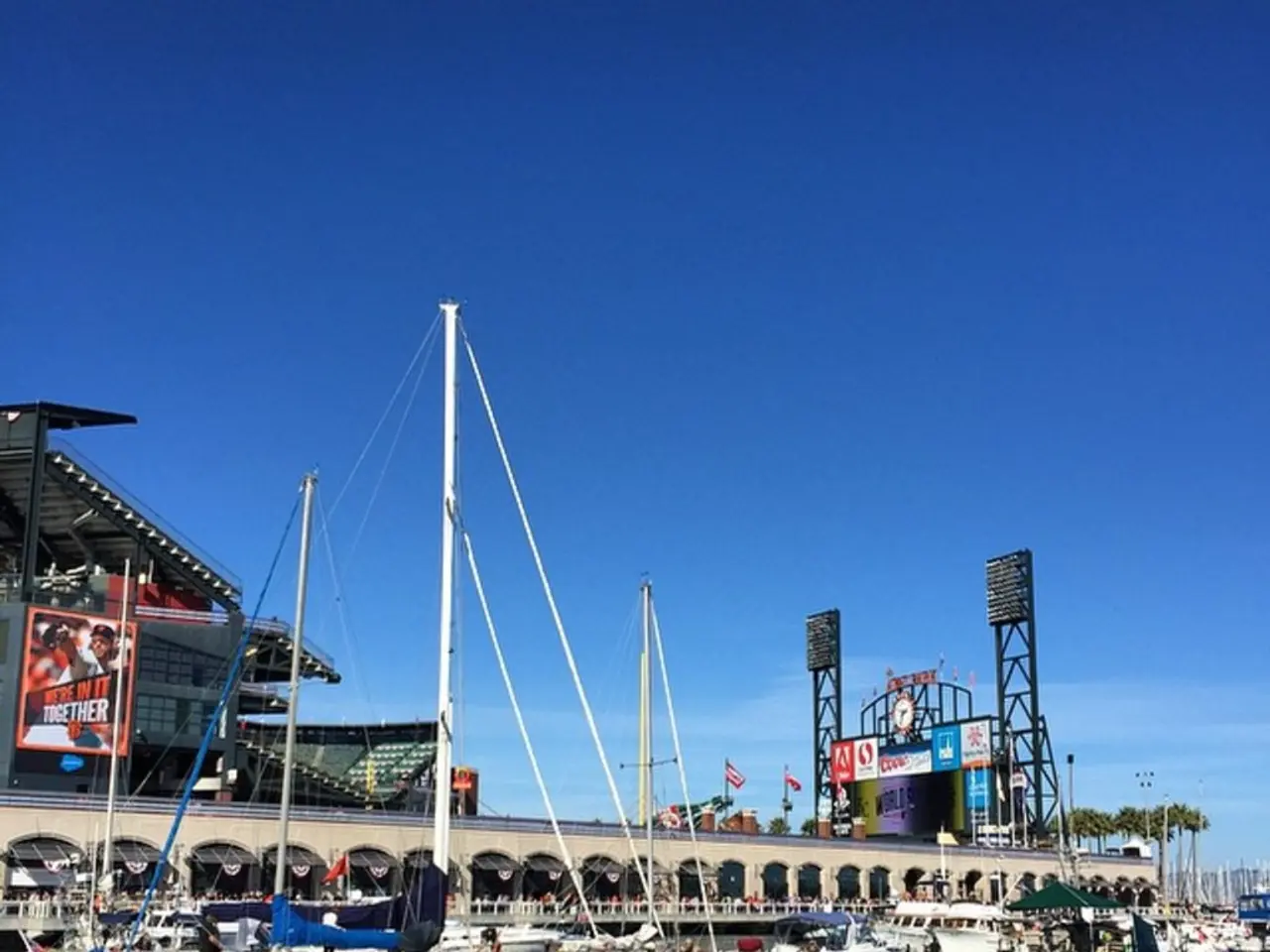Frederick II's wind turbines have successfully passed their trials on Earth Day.
The Mediterranean Sea is set to witness a significant leap in offshore renewable energy technology, with Seapower's innovative Hydraspar floating platform leading the charge. This advanced hybrid system, designed for combined wind and sea energy production, promises a stable, efficient, and sustainable offshore energy solution, especially tailored for the Mediterranean.
- Design and Structure
The Hydraspar platform, a spar-type floating structure, boasts a long vertical cylindrical hull that extends deep below the sea surface, providing excellent stability. Its design is optimised for the relatively deep waters of the Mediterranean, allowing deployment in areas where fixed-foundation turbines are not feasible. The spar configuration reduces motion caused by waves and wind, enhancing the performance and reliability of the installed turbines.
- Combined Wind and Wave Energy Capture
Unlike traditional floating wind platforms, Hydraspar is engineered to integrate both wind turbines and wave energy converters on a single platform. This hybrid approach leverages the complementary nature of wind and wave resources, increasing overall energy yield. The platform’s stability ensures efficient operation of both energy systems without significant interference.
- Mediterranean Application
The Mediterranean Sea presents unique challenges including variable wind patterns, moderate wave activity, and environmental constraints. Hydraspar’s design has been adapted to these conditions for optimised energy capture and minimal environmental impact. Its relatively compact footprint and modular construction facilitate easier installation and maintenance in Mediterranean ports and offshore sites.
- Technological Innovations
Enhanced mooring systems tailored for Mediterranean seabed conditions ensure platform stability and resilience. The platform is designed for scalability and modularity, allowing multiple units to be deployed and interconnected to form larger hybrid farms. Incorporation of smart monitoring and control systems improves operational efficiency and safety.
- Sustainability and Economic Impact
By combining wind and wave energy, Hydraspar aims to maximise renewable energy output per unit area, supporting Europe’s renewable energy targets. Its deployment in the Mediterranean supports local economies by creating jobs in manufacturing, installation, and maintenance sectors. Reduced environmental footprint compared to fixed offshore structures due to minimal seabed disturbance is another significant advantage.
In conclusion, Seapower’s Hydraspar floating platform represents a significant advancement in offshore renewable energy technology. This modular, hybrid system, designed for deep sea conditions, offers a promising solution to the economic challenge of deep sea conditions while delivering a stable, efficient, and sustainable offshore energy solution.
- Advantages and Potential The Hydraspar platform, with its combined wind and sea energy production, offers a stable, efficient, and sustainable offshore energy solution, especially suited for the Mediterranean, considering its unique challenges such as variable wind patterns and moderate wave activity.
- Collaboration with Science and Industry The development of Hydraspar requires collaboration between various sectors, including science, environmental-science, finance, and energy industry, ensuring its design is optimized for the specific conditions of the Mediterranean.
- Future Economic Growth By employing its renewable energy technology, the deployment of Hydraspar in the Mediterranean has the potential to promote economic growth by providing job opportunities in manufacturing, installation, and maintenance sectors.
- Minimized Environmental Impact The innovative mooring systems used in Hydraspar are designed to ensure platform stability and resilience, while minimizing environmental impact by causing minimal seabed disturbance compared to fixed offshore structures.




